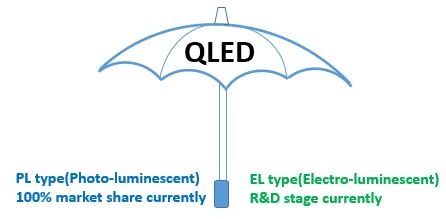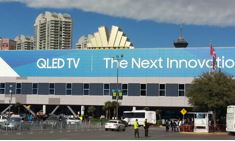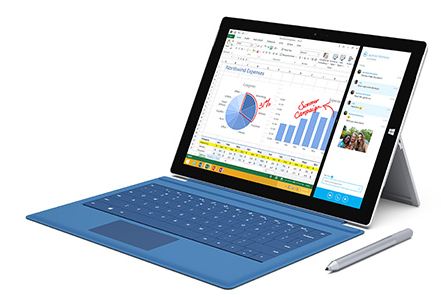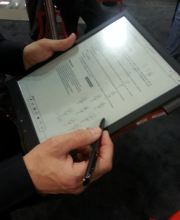August 21, 2017 by Jennifer Colegrove Ph.D., Principal Analyst, Touch Display Research Inc.
I’ve been writing articles about quantum dot technologies since 2008. In 2013, I surveyed many quantum dot suppliers and published the first “Quantum Dot Display (QLED) and Lighting Technologies and Market Forecast Report”. According to my industry friend, a CTO at a famous quantum dot company, he said, “Jennifer, you are the first analyst who wrote a quantum dot market report, as far as I know.”
Quantum dot (including quantum rod, or tetrapod-shaped quantum dot) could improve picture quality of displays dramatically in terms of color gamut, color accuracy and reducing power consumption compared to conventional Liquid Crystal Display (LCD)/ Light Emitting Diode (LED) displays. This is one of the biggest breakthrough technologies for display in several years. Quantum dot LCD is challenging AMOLED displays.
- QD Vision and Sony brought quantum dot TVs to the market in 2013.
- Nanosys, 3M and Amazon brought quantum dot tablet PCs to the market in 2013.
- Samsung announced the first Cadmium-free quantum dot TV at CES 2015, and has been commercializing it since Q1 2015.
- LG Electronics also announced quantum dot TV at CES 2015, (but later LG changed strategy about quantum dot).
- Quantum dot was a hot topic at CES 2015 to 2017, at SID DisplayWeek from 2013 to 2017, and at IFA 2014 to 2017.
According to the “Quantum Dot Display and Lighting Technologies and Market Forecast 2017 Report”, the quantum dot display has grown from zero dollar revenue in 2012 to a billion-dollar display category in 2017. The quantum dot display formed a new category—QLED (Quantum dot based Light Emitting Diode).
The definition of QLED has not yet been defined within the display industry. In the early years, “QLED”, or “QDEL”, or “QD-LED” were used in academic papers to call the electro-luminescent (EL) types of quantum dot. When an electric current is applied to these types of material, it will generate light. At this moment in 2017, the EL types of quantum dot are still in the R&D stage.
Currently, 100% the quantum dot display that is commercially available is the photo-luminescent (PL) type quantum dot. When a short wavelength light (such as blue light) shines on a certain quantum dot, then it can emit a longer wavelength light (such as green or red).
In 2016, Samsung Electronics has applied for the trademark “Samsung QLED TV” with the US Patent and Trademark Office. Samsung indicated that although they own the “Samsung QLED TV” trade mark, the “QLED” name is a common term like OLED TV or LED TV. “QLED” can be used by the whole display industry as a category name to call any displays with quantum dots in it.
Figure: QLED category includes PL (Photo-luminescent) and EL (Electro-luminescent) types of quantum dot
Source: Touch Display Research, 2017
Touch Display Research believes it is a good idea to use QLED as an umbrella name (or category name) to call any displays with quantum dots in it. Under the QLED umbrella name, the photo-luminescent (PL) type quantum dot can be called QLED PL type. The electro-luminescent (EL) types of quantum dot can be called QLED EL type.
QLED is a nice and short name. There is no need to reserve the QLED name for the EL type quantum dot only, since EL type is not in the market yet. When the EL type quantum dot enters the market (we forecast it will be after 2019), we can call it: QLED EL type under the QLED umbrella.
In April 2017, three large TV suppliers (Samsung, Hisense, TCL), a supply chain (Nanosys), and five large retailers in China (GOME Electrical Appliances, Suning Commerce Group, JD.com, Five Star and Sundan) have agreed to form the QLED TV Alliance in Beijing China. TCL has also enhanced the support of QLED by launching new QLED TVs globally since May.
Thanks for reading,
Dr. Jennifer Colegrove and team
New Trends
- August report: LG Flexible AMOLED, Apple AR/VR, Smart Windows
- Touch Display and Smart Windows Market Trends as SID Vehicle Display and Interface 2017 Conference
- Apple acquired eye tracking company SMI for AR, VR and AI
- Apple announced iPad Pro and Active pen market
- Touch panels, flexible/foldable display, smart windows, quantum dots are hot topics at SID 2017
- Touch panel for vertical market 2017 report
- Quantum Dot Market Attracted Over 90 Companies
- ITO-replacement transparent conductor market had attracted over 300 companies
About Touch Display Research Inc.
Touch Display Research, Inc. (www.TouchDisplayResearch.com) is a technology market research and consulting firm specializing in touch screen and emerging display technologies such as OLED displays, quantum dots, flexible displays, e-paper displays, ITO-replacement, Active pen, near-eye displays, gesture controls, voice recognition, and eye tracking. Touch Display Research helps technology companies grow and connecting their technologies to the marketplace. We have been writing about OLED industry for over 10 years. We were the first company to publish Quantum Dot market reports. We were the first company to publish Active Pen market report, and ITO-replacement market report. We have always been there to analyze new and emerging technologies. Touch Display Research provides reports, consulting, and due diligence to touch suppliers, display manufacturers, consumer electronics ODMs/OEMs, material suppliers, investors and venture capitalists. We are member of Flextech Alliance, SEMI and SID.




